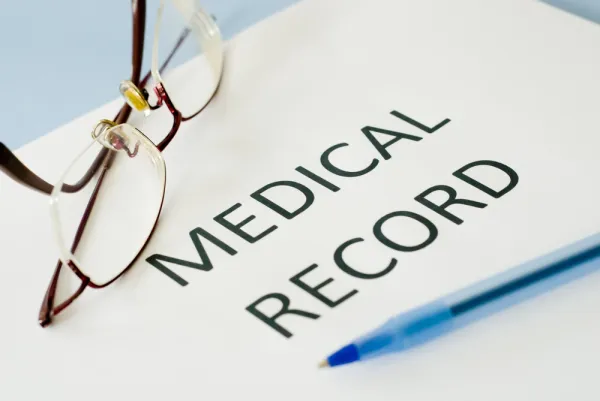Make These Codes Count for School, Sports, Work Physicals

Maintain your coding fitness with preventive E/M codes. If your practice is like most internal medicine practices, you probably see a fair number of patients requiring a physical exam to enter school, participate in a sport, or obtain a job. While they are relatively simple services for your internist to provide, they can be a headache for you to bill. So, to help you maximize your reimbursement for physical exams, we asked two of our experts to provide you with a guide for coding them. Read on, and give your coding skills a clean bill of health. Know the Codes You Can Use ... While payment for physical exams may be the responsibility of the patient or, in the case of occupational physicals, the employer, you can use the results from an annual preventive medicine visit for the physical, and the insurance company will provide reimbursement if it covers the cost of such evaluation and management (E/M) services. If you do this, the most logical choices for documenting school, sports, or work physicals are the preventive medicine service codes 99381-99397 (Initial comprehensive preventive medicine evaluation and management of an individual ...). Smart practice tip: Donelle Holle, RN, President of Peds Coding Inc., and a healthcare, coding, and reimbursement consultant in Fort Wayne, Indiana, notes that "physicals can cause a problem if the patient has already had his or her annual preventive exam for the year." So, whenever possible, your practice should work with patients to schedule their annual preventive medicine visits around the peak times for school, camp, or team sports seasons. That way, your patients won't be out of pocket for the physical, as the preventive medicine encounter will double count as the physical exam more easily. To accompany these CPT® codes, you'll find all the encounter codes you need in the Z02 (Encounter for administrative examination) code set. Among the codes you'll find in this set are: ... Those You Can't ... You won't be able to document the services with several code sets. Both Holle and Kent Moore, senior strategist for physician payment at the American Academy of Family Physicians, note that the problem-oriented E/M services 99201-99215 (Office or other outpatient visit for the evaluation and management of a new/established patient) are off the table for the obvious reason that physical exams are not intended to evaluate or manage a medical problem. In addition, Moore cautions that you should not use the following: That's because these, too, are problem-oriented services where a provider will diagnose, evaluate, and put in place a treatment plan for a work- or sports-related injury. "In a way," Moore puts it, "these codes are the physical therapist, occupational therapist, and athletic trainer versions of 99201-99215." Similarly, for work-related physicals, you must not use 99455 (Work related or medical disability examination by the treating physician ...) or 99456 (... by other than the treating physician). Moore reminds coders that these particular exams are "performed to establish baseline information prior to ... disability insurance certificates being issued" according to CPT®. ... And One to Use with Caution One final option for documenting school and occupational physicals is 99499 (Unlisted evaluation and management service). Moore suggests that this service would be appropriate "when, for example, a patient presents for a Department of Transportation [DOT] physical [often required of truck drivers] independent of his or her annual physical." So, "if a patient received a preventive medicine visit in January and then presents in July for a DOT physical," Moore advocates using this unlisted E/M service. "This service," Holle advises, "needs to have a letter written with the claim form" that should describe the service in full. Even so, Holle cautions, "it is hard to get the service reimbursed." The payer's acceptance, Holle continues, will depend on such things as the amount of work performed by your provider during the service. Moore concludes that it is important to warn the patient that if insurance will not cover 99499, the patient is responsible for payment. "You should alert the patient to this potential responsibility before the patient presents to the office," Moore cautions, "so surprises are avoided." Moore also encourages your practice to collect on this service at the time of service if the preventive benefit has been exhausted. "Then," Moore suggests, "your practice can refund if the patient's insurance pays the 99499."




